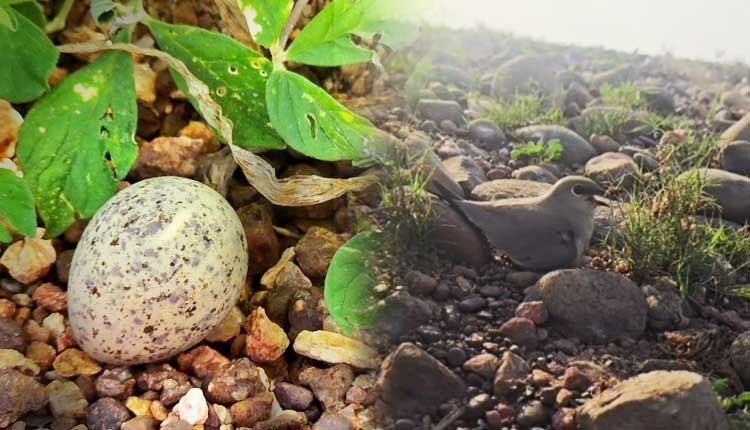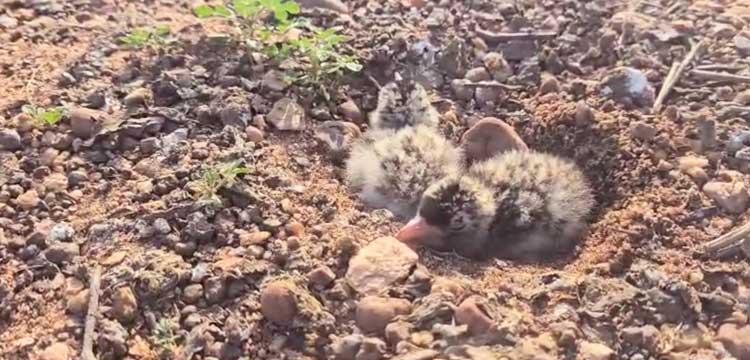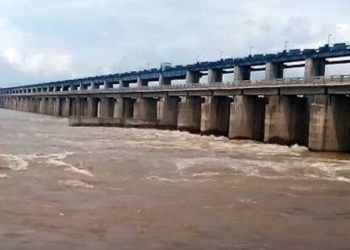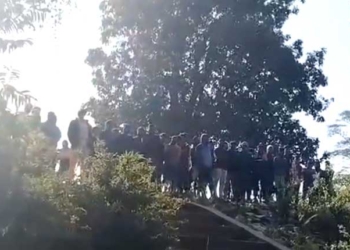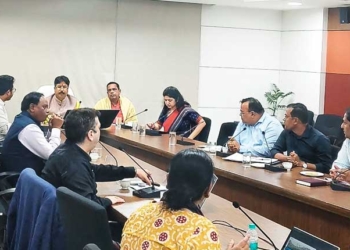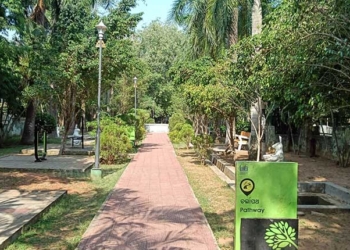Bhubaneswar: This summer, the Hirakud Wetland, a sprawling RAMSAR site in Odisha, has become a vibrant spectacle of life as thousands of migratory waders, including terns and pratincoles, have transformed 26 of its islands into bustling breeding colonies.
Over ten species of waterbirds, such as River Terns, Gull-billed Terns, Little Terns, Oriental Pratincoles, Little Pratincoles, Ringed Plovers, Whiskered Terns, and various egrets, are nesting in large numbers, filling the wetland with courtship displays, nesting rituals, and the tender rearing of chicks.
The isolated islands of Hirakud, emerging from receding waters by April, offer an ideal sanctuary for these birds. Safe from predators and rich in fish supplies, the islands provide a perfect environment for both adults and their fledglings.
Large breeding colonies of River Terns and Pratincoles are particularly prominent, with dedicated mothers shielding eggs and chicks from the scorching heat while engaging in post-fledging care. Notably, five Indian Skimmers have been spotted flocking with terns, though their nesting is yet to be confirmed.
Nesting Behavior and Breeding Dynamics
The waders’ nests, primarily scrapes on sandy and rocky island surfaces, are expertly camouflaged, blending seamlessly with their surroundings. Terns and pratincoles build these nests in colonies, with gestation periods averaging 20 to 30 days and incubation lasting 7 to 25 days.
Since April 2025, mating, nesting, and chick-rearing have progressed in phases, a process expected to continue for several months. The natural camouflage of eggs and chicks protects them from human eyes, but it also underscores the need for minimal disturbance to these fragile breeding sites.
Conservation Efforts to Protect Nesting Sites
The Debrigarh Sanctuary authorities have taken proactive measures to safeguard these colonies. Over 100 red flags mark nesting islands, alerting fishermen to avoid these areas.
A dedicated river patrolling team monitors the landscape, ensuring tourist boats are kept at a distance to prevent alarming the flocks. Such disturbances can prompt birds to abandon their nests, leaving eggs and chicks vulnerable to predators and extreme heat, which can “fry” them under the sun.
Predators like stray dogs, snakes, raptors, jackals, hyenas, wild dogs, and wolves pose significant threats to shorebirds, particularly along the wetland’s shorelines.
The isolated islands, however, remain largely inaccessible to these threats, making them a critical refuge. To further protect the colonies, authorities have designated the nesting islands as “No-Go” zones, minimizing human and boat interference.
Awareness and Community Engagement
Conservation efforts extend beyond physical protection. A team of nine squads, four frontline staff, and two speedboats has been trained in the breeding and nesting behaviors of waders.
This team educates fishermen and coordinates with cattle graziers across three districts adjoining Hirakud, fostering a collective commitment to preserving the nesting sites. The Chadhei Club of Sambalpur has also played a pivotal role, identifying nesting sites in human-dominated areas and raising awareness about their protection.
A Thriving Ecosystem: Bird Census 2025
The significance of Hirakud Wetland as a global ecological hotspot was reaffirmed during the Bird Census conducted on January 18, 2025. A total of 122 migratory bird species, numbering 3.77 lakh, were recorded—an increase of 35,000 compared to 2024.
This growth underscores the wetland’s critical role as a migratory haven. Declared a RAMSAR site in 2022 by the Ministry of Environment, Forest, and Climate Change, Hirakud continues to flourish as a sanctuary for biodiversity.
A Call for Continued Stewardship
The vibrant breeding colonies of Hirakud Wetland are a testament to nature’s resilience and the effectiveness of targeted conservation efforts.
As these migratory birds breathe life into the islands, the collective efforts of authorities, local communities, and conservationists ensure that this ecological marvel remains a safe haven for generations of waders to come.




